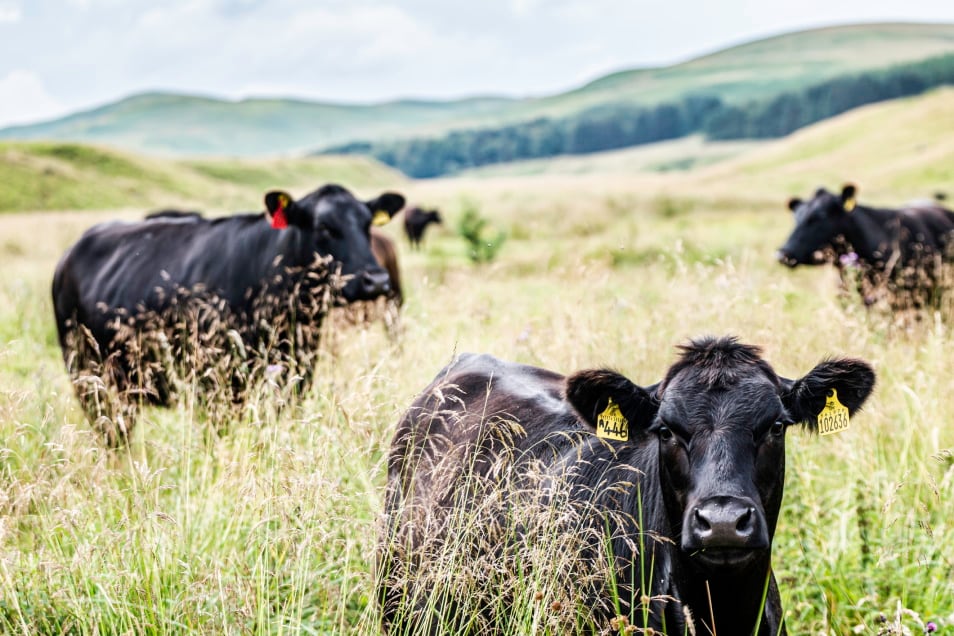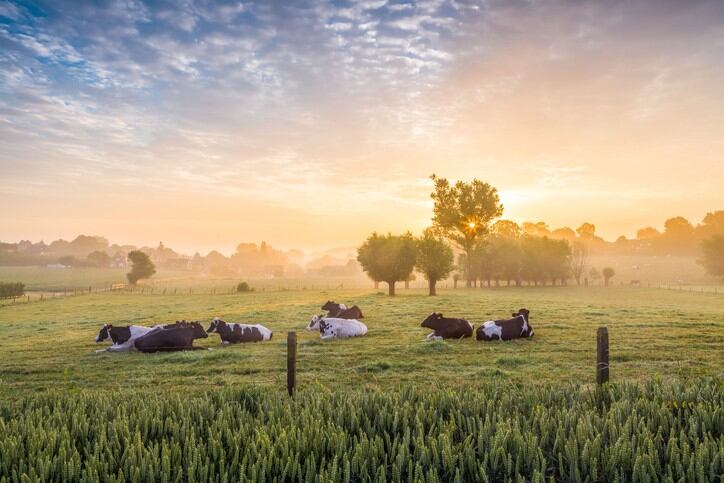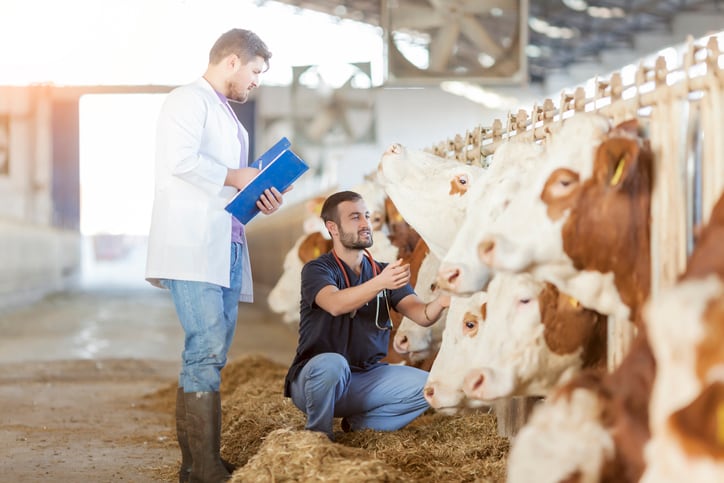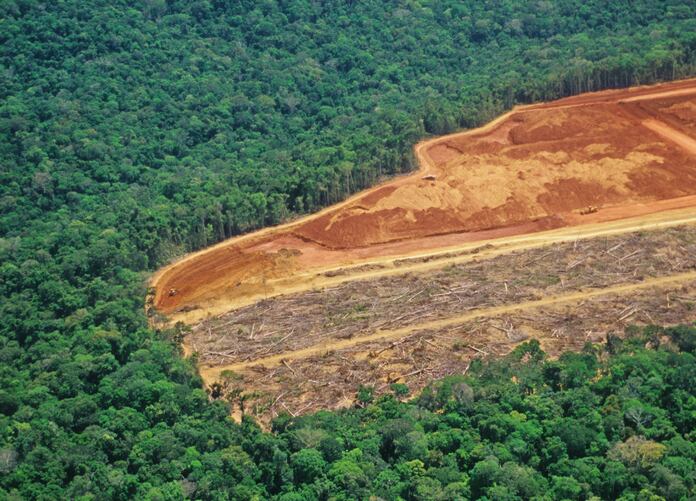The environmental impact of raising cattle for beef and milk is widely recognised, if not fully understood across different agroecological conditions. Beef and dairy cows take up land, require feed and generate around a third of human-caused methane emissions.
Yet unlike other high-emitting sectors, such as aviation, animal agriculture also has the potential to make positive environmental contributions that minimize emissions and increase soil carbon storage, which is vital to limiting temperature rises.
New research has uncovered one part of this potential through the use of an improved variety of tropical grass, which – if fulfilled with more investment in innovation, technology and climate finance – can help offset the environmental burden of livestock to sustainably meet rising global demand for animal-source food.
Our recent study reveals how Koronivia grass (Urochloa humidicola), which is native to Africa and can feed grazing livestock, can boost levels of soil carbon under rotational grazing management on tropical savannas in Colombia by 15% compared to permanent grassland pasture, thanks to its deep root systems. At the same time, the grass was found to reduce nitrous oxide (N2O) emissions from soil, which are roughly 300 times more potent than carbon dioxide at heating the Earth’s atmosphere.
The challenge now is to make full use of this new finding, alongside all possible measures to reduce emissions, to improve the sustainability of cattle production across the tropics and beyond.
Thanks to funding from the Bezos Earth Fund, scientists have started comprehensively screening and evaluating up to 200 grass samples from the Future Seeds genebank for the first time to identify other grass varieties that are capable of growing similarly deep roots and achieving superior levels of soil carbon storage in different agro-ecologies. This is an important step towards uncovering the grass varieties suited to different agroclimatic regions where livestock are raised that can also reduce their carbon footprint.
At present, the deep rooting ability of grasses is currently assessed by scientists using conventional methods, which can be time-consuming. But additional investment into modern technologies like remote sensing could help scientists to speed up this process without having to dig deep into the soil to catalogue the characteristics of each sample.
Once improved samples have been identified and developed using phenotypic and genomic tools, crop scientists need to be able to breed them at scale and get them into the hands of livestock farmers.
Countries need to have the resources, infrastructure, and channels in place, therefore, to be able to deliver seeds and planting material for customised forages to as many farmers as possible. Improving the sustainability of livestock is not only essential to the future of the planet, but it is also a decisive factor in protecting the incomes of more than a billion people. Latin America alone produces almost a third of the world’s meat and more than a quarter of cows’ milk, representing 46 per cent of agricultural GDP.
And in addition to scaling up improved grasses, working with farmers is critical for developing long-term projects to demonstrate these forages can help to meet criteria set by voluntary carbon markets and can attract much needed climate investments, meaning these investments pay for themselves.
While some methane emissions are inevitable in cattle production because they are produced by the animals during digestion, the use of improved grasses can help offset this by increasing the carbon stored in soils, which is something other sectors are rarely able to do.
Entering voluntary carbon markets would also then inspire further investment into the livestock sector to continue to improve sustainability. In the last decade, less than one per cent of global climate finance was directed to the livestock sector. And in 2022, the voluntary carbon market reached approximately USD $2 billion, yet there are still no registered livestock carbon projects in Latin America.
Animal agriculture, like all other sectors, must play its part in reducing anthropogenic greenhouse gas emissions. But unlike other sectors, livestock production can also make enormous contributions towards soil carbon storage, which offers the greatest opportunity to mitigate the impact of climate change, and attract climate finance.
As our understanding of opportunities for carbon storage in soils increases, we must match this pace with investments in the innovation and technologies that can make the grass – and livestock – greener.




